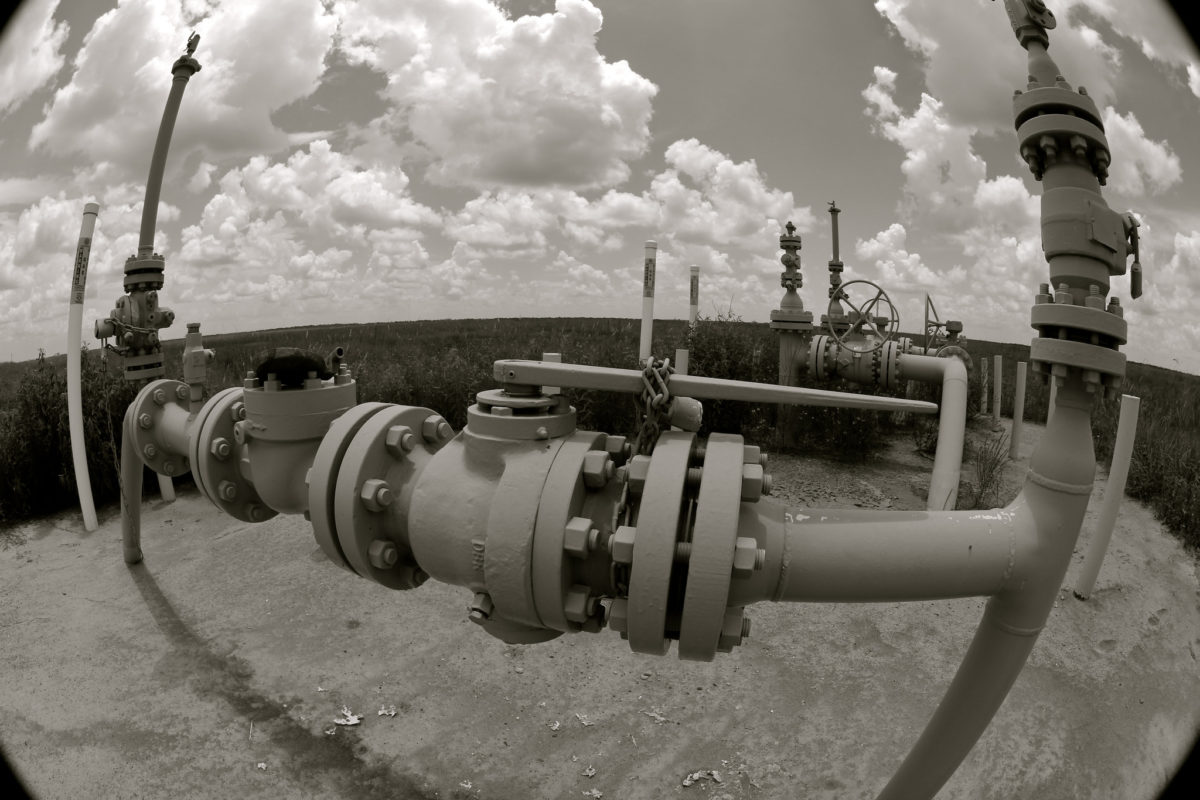Green hydrogen has been lauded as a solution to power output shortfalls from weather-dependent renewables and as a storage solution for year-round renewable energy. However, the energy source may not be the cheapest clean energy option.
Smart electrification of space heating and cooling, mobility and industrial processes – combined with energy efficiency measures – could turn out 36% cheaper than green hydrogen at scale. That was the finding of the Towards fossil-free energy in 2050 report published by consultants Element Energy and Cambridge Econometrics, and commissioned by low-carbon lobby group the European Climate Foundation.
The aim of the report was to determine the feasibility of having a fossil free energy system in Europe by 2050.
“The EU can now confidently move from scenarios to choices towards a zero carbon energy system,” said Lisa Fischer, senior policy adviser at sustainable development group E3G. “ This is indispensable for a well-managed and just transition – and the agenda is clear: Protecting consumers by prioritizing investments in efficiency and active demand, and avoiding investments in unabated fossil infrastructure. Build investor confidence through an unambiguous renewables and smart electrification agenda, reflected in an updated assessment of EU infrastructure needs. Strengthen the EU’s competitiveness by supporting innovative, climate-neutral technologies for solving continuing challenges like seasonal storage.”
Cheaper than hydrogen
According to the authors of the report, 100% fossil fuel-free energy is not only technically and financially feasible in Europe but also brings socio-economic benefits, compared to the status quo. The authors make clear, however, while their findings confirm the primacy of maximizing efficiency and smart electrification, they also consider green hydrogen viable where it adds highest value, such as with seasonal storage and peak power supply.
A shift to smart electrification and energy efficiency could save up to €23 billion in European energy spending, the report claimed. Those savings could translate into a 2.1% boost to GDP in the political bloc. The European labor market could undergo a structural shift from fossil fuel reliant sectors towards electrical engineering and manufacturing, said the authors of the study. With training and retraining programs, around 1.8 million additional jobs could be created by 2050, they added.
Popular content
The report juxtaposes scenarios with high levels of electrification and “deep energy efficiency” with alternative hydrogen-driven scenarios. The operating cost of the hydrogen-driven scenario is 36% higher than in the high electrification set-up. That is largely due to the costs of storing hydrogen, developing electrolyzers and repurposing and maintaining gas networks. “Savings in electricity infrastructure (-22%) from using more green hydrogen are outweighed by the additional investments that would be required for electricity generation to produce them (+16%) and gas network upgrades and maintenance (+248%)”, stated the report.
Different market situations
In considering the economic case for increased smart electrification in European markets, the authors determined national archetypes. In Germany, for example, the outcome of adding battery storage and demand-side response to the system would allow for a reduction in net demand of 44%, from 408 TWh to 229 TWh. In Spain, a similar measure would enable a reduction of 70% in demand, from 217 TWh to 65 TWh. Those scenarios would permit reductions in thermal back up capacity of 38% and 54%, respectively.
Another difference between the Spanish and German markets is that the deployment of green hydrogen is more viable in the latter. According to the report’s authors, in colder climates such as Germany, the availability of renewable energy during winter falls below demand. “The analysis indicates that seasonal storage is a vital element of electricity systems where demand is highly seasonal in nature, dictated by residential [locations] near the demand,” the authors stated. The report says policies to encourage seasonal storage should be drawn up.
In a green hydrogen energy system, the report adds, electrolyzers with a total 1 TW capacity would be required to supplant fossil fuel generation capacity. That compares with 350 GW of new electrolyzer capacity in a system led by higher electrification. Europe currently has around 8 GW of electrolyzer capacity.
The report’s findings contradict recent findings by gas giant BP that gas could continue to play a major role in the world’s energy systems even in a low carbon energy scenario, as existing transmission infrastructure could carry greener forms of the fuel.
This content is protected by copyright and may not be reused. If you want to cooperate with us and would like to reuse some of our content, please contact: editors@pv-magazine.com.



By submitting this form you agree to pv magazine using your data for the purposes of publishing your comment.
Your personal data will only be disclosed or otherwise transmitted to third parties for the purposes of spam filtering or if this is necessary for technical maintenance of the website. Any other transfer to third parties will not take place unless this is justified on the basis of applicable data protection regulations or if pv magazine is legally obliged to do so.
You may revoke this consent at any time with effect for the future, in which case your personal data will be deleted immediately. Otherwise, your data will be deleted if pv magazine has processed your request or the purpose of data storage is fulfilled.
Further information on data privacy can be found in our Data Protection Policy.